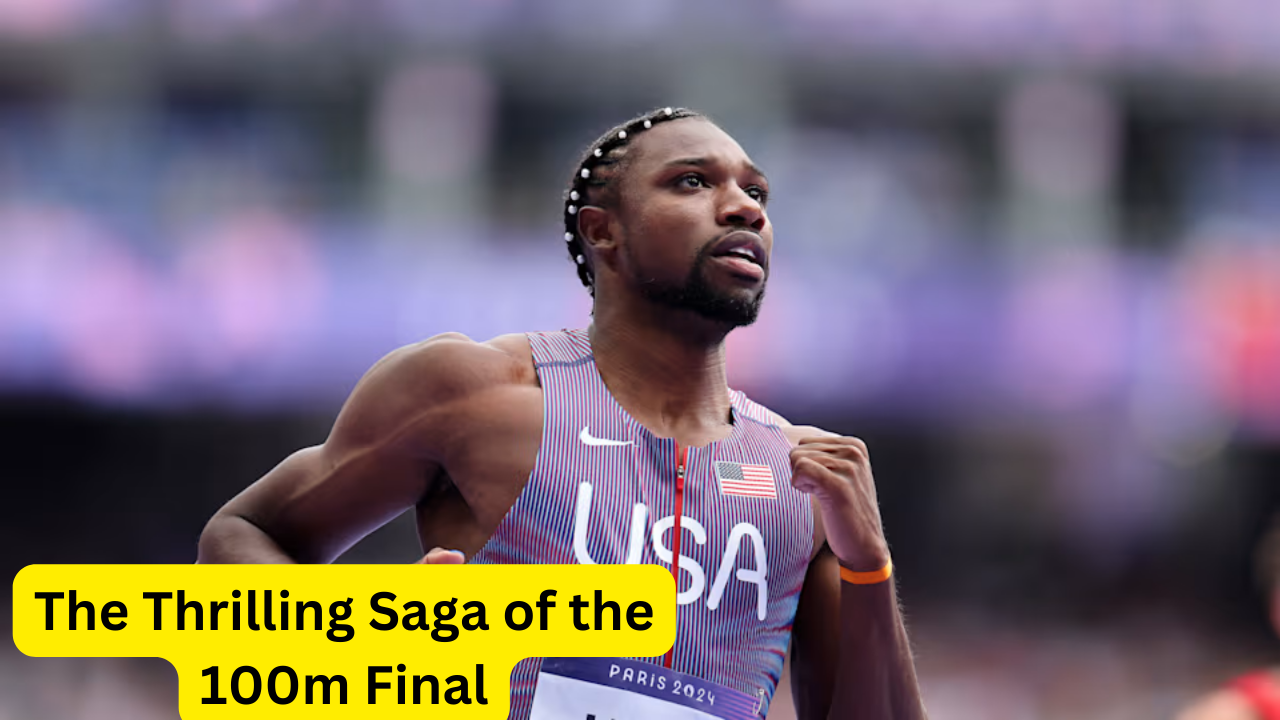The 100m final is often regarded as the pinnacle event in track and field, showcasing the fastest athletes in the world. This exhilarating race captures the essence of speed, power, and precision, as sprinters push the limits of human potential. In this comprehensive article, we delve into the history, technique, and unforgettable moments that define the 100m final.
The Historical Evolution of the 100m Sprint
The origins of the 100m sprint date back to the ancient Olympic Games in Greece, where short-distance races were among the first athletic competitions. However, the modern 100m race as we know it began in the late 19th century, coinciding with the revival of the Olympic Games in 1896. Over the decades, advancements in training, technology, and track surfaces have revolutionized the event.
Pioneers of Speed: Early Champions
The early 20th century saw sprinters like Jesse Owens and Harold Abrahams dominate the 100m final. Owens’ four gold medals at the 1936 Berlin Olympics, including his record-setting 100m win, remain a landmark in athletic history. These early champions laid the groundwork for future generations, inspiring athletes to push beyond perceived limits.
Technological Advancements and Their Impact
The evolution of track surfaces, from cinder tracks to synthetic materials, has significantly influenced sprinting performances. The introduction of starting blocks in the 1920s provided sprinters with a more explosive start, while advancements in footwear technology have enhanced grip and reduced drag. These innovations have been instrumental in the consistent breaking of world records.
Technique and Training: The Science of Sprinting
Success in the 100m final hinges on a combination of natural talent, rigorous training, and impeccable technique. Sprinters undergo extensive training regimens that focus on strength, speed, and agility.
The Perfect Start: Launching into the Race
The start is crucial in the 100m sprint. Athletes must react swiftly to the starting gun, exploding out of the blocks with maximum force. A well-executed start can make the difference between victory and defeat. Coaches emphasize reaction time, block clearance, and initial acceleration during training.
Acceleration Phase: Building Momentum
The acceleration phase, covering the first 30-40 meters of the race, is where sprinters transition from their starting position to an upright sprinting posture. Maintaining optimal body angles and maximizing stride length and frequency are key during this phase. Athletes focus on powerful, efficient strides to build momentum rapidly.
Maximum Velocity: Sustaining Top Speed
Beyond the acceleration phase, sprinters strive to reach and sustain their maximum velocity. This phase, often between 40-70 meters, requires a balance of relaxation and effort. Overstriding or tensing up can reduce efficiency, so athletes aim to maintain fluid, controlled movements.
Deceleration: Fighting Fatigue
The final 30 meters of the race test an athlete’s endurance and mental fortitude. As fatigue sets in, sprinters must maintain form and speed. Effective relaxation techniques and proper breathing are crucial to minimizing deceleration and securing a strong finish.
Iconic Moments in 100m Final History
The 100m final has produced some of the most memorable moments in sports history. These races have captivated audiences worldwide, showcasing extraordinary athleticism and intense competition.
Usain Bolt’s Unprecedented Dominance
Usain Bolt’s performances in the 100m final are legendary. The Jamaican sprinter’s world record time of 9.58 seconds, set at the 2009 World Championships in Berlin, remains unmatched. Bolt’s combination of speed, charisma, and showmanship redefined the sport, earning him the title of the fastest man on Earth.
Carl Lewis and the 1984 Olympics
Carl Lewis, an American sprinter, left an indelible mark on the 100m final at the 1984 Los Angeles Olympics. Winning gold with a time of 9.99 seconds, Lewis demonstrated remarkable consistency and versatility, also securing victories in the long jump, 200m, and 4x100m relay.
Florence Griffith-Joyner: The Fastest Woman
Florence Griffith-Joyner, known as “Flo Jo,” stunned the world with her record-breaking performance in the women’s 100m final at the 1988 Seoul Olympics. Her time of 10.49 seconds remains the fastest ever recorded. Flo Jo’s unique style, characterized by her flowing hair and colorful outfits, made her an icon both on and off the track.
The Future of the 100m Final
As technology and training methods continue to advance, the future of the 100m final holds exciting possibilities. Emerging talents and innovations promise to push the boundaries of speed even further.
Next-Generation Sprinters
Young athletes around the globe are training rigorously to become the next stars of the 100m final. Countries like Jamaica, the United States, and Kenya continue to produce world-class sprinters, ensuring fierce competition in upcoming events.
Technological Innovations
From biomechanical analysis to advanced footwear, technological innovations are set to enhance sprinting performances. Wearable technology provides real-time data on an athlete’s biomechanics, allowing for precise adjustments to technique and training regimens. Additionally, continued improvements in track surfaces and equipment will contribute to faster race times.
Global Competitions and New Records
The Olympics, World Championships, and Diamond League meetings will remain the premier stages for 100m final showdowns. With each event, the quest for new records and the title of the fastest human continues. Fans can anticipate thrilling races and extraordinary displays of athleticism in the years to come.
Conclusion: Celebrating Speed and Athleticism
The 100m final is more than just a race; it is a celebration of human speed and athleticism. From the early pioneers to modern-day legends, sprinters have continually pushed the boundaries of what is possible. As we look to the future, the legacy of the 100m final promises to inspire and captivate generations to come.
